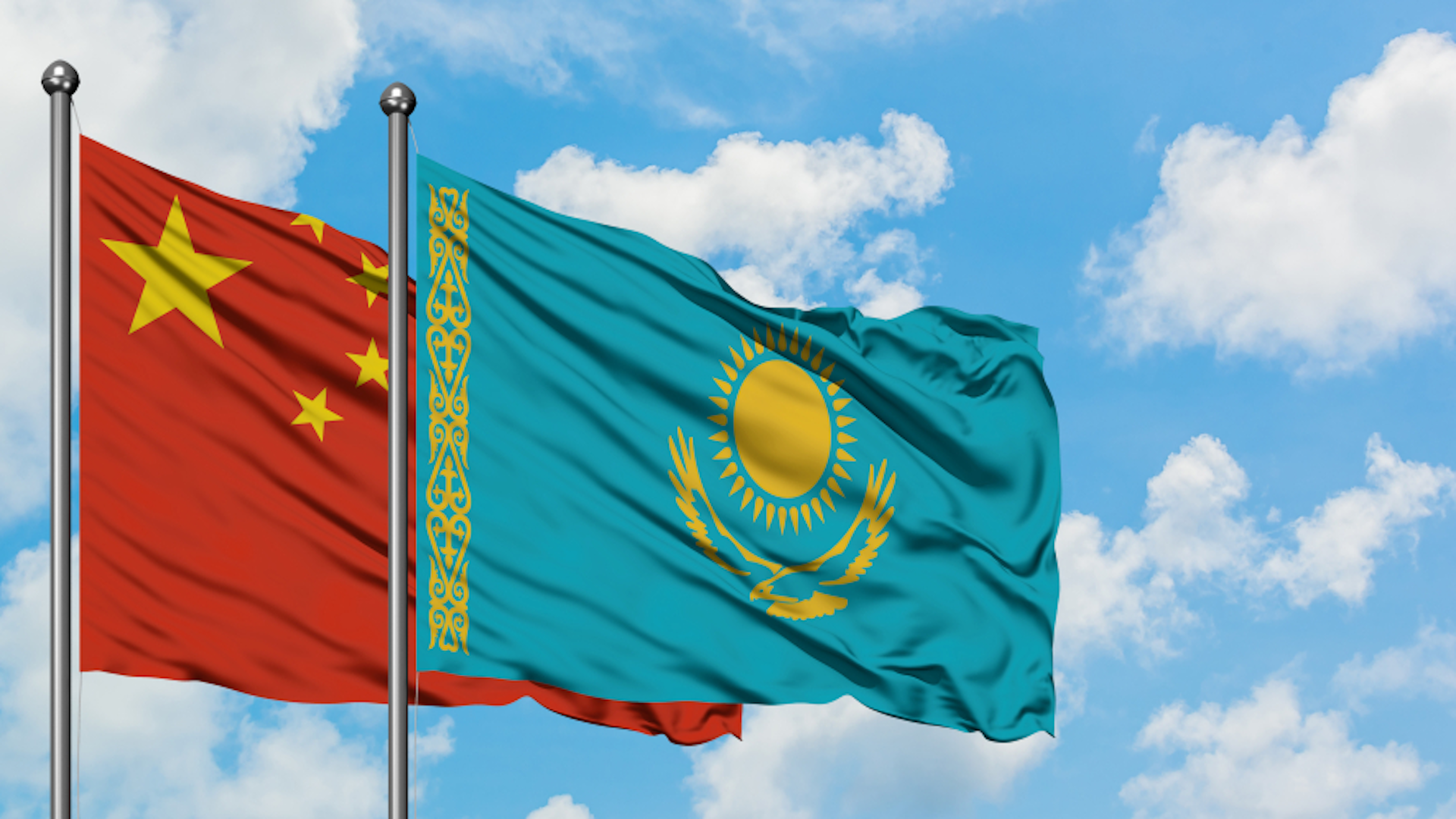China’s sprawling Belt and Road Initiative typically conjures images of vast superhighways and railway lines stretching beyond the horizon. Ever since President Xi Jinping launched the development strategy in 2013, Kazakhstan has been a prime beneficiary of China’s ambitions. Yet aside from shipments of metal, machinery, and medical equipment, Chinese tourists are also crossing the country’s northwest border with increasing frequency.
Just as China facilitated its 11,000-km railway running from Chongqing through Kazakhstan and onto Europe with a single-inspection customs procedure, Kazakhstan has likewise streamlined its entry system for Chinese tourists. The visa-free policy for 72-hour visits has more than doubled the number of tourists into the country since its launch in 2017, and a recent initiative by Kazakh Tourism that saw them invite thirteen Chinese KOLs to the region further emphasized their commitment to the new guidelines.
Tens of millions of followers kept tabs via Chinese social media as travel, fashion, and shopping KOLs toured the city of Almaty, helicoptered over Charyn Canyon, and sampled nomadic delicacies including horse meat sausages and fermented cow’s milk. Kazakh Tourism’s big push relies heavily on social media strategy, and they were smart to expand upon their 2018 campaign which only invited four KOLs to tour the country’s cultural capital.
“The next time I arrive, I will try to see more and to explore Kazakhstan deeper,” one of the KOLs said about their visit.
The majority of China’s 120 million outbound tourists visit nearby Asian countries, and Kazakhstan’s pitch to Chinese holiday travelers is that they should redirect their attention northward. Its self-promotion is primarily focused on luxury tourism (the “new Dubai,” as former President Nursultan Nazarbayev was fond of calling his country) and winter sport tourism — a sector that continues to boom in China as the 2022 Beijing Winter Olympics approaches.
Blessed with a well-established winter sports infrastructure and high-end shopping malls with prices that are often 25 percent lower than those in Milan or Moscow, Kazakhstan certainly has a lot to offer the modern Chinese traveler. And even though the tourism industry remains in its infancy, the country is now laser-focused on building it properly. “The number of foreign arrivals in Kazakhstan is low,” said longtime Kazkak ambassador Askhat Orazbay with refreshing candor, “but we never cared about tourism before, as other industries were more important. Now we have turned more to tourism as an easier approach to earn money.”
With the Ministry of Culture and Sport planning to extend its current visa-free policy to Chinese visitors to an even longer five-day span, one can expect visitation to keep growing.



